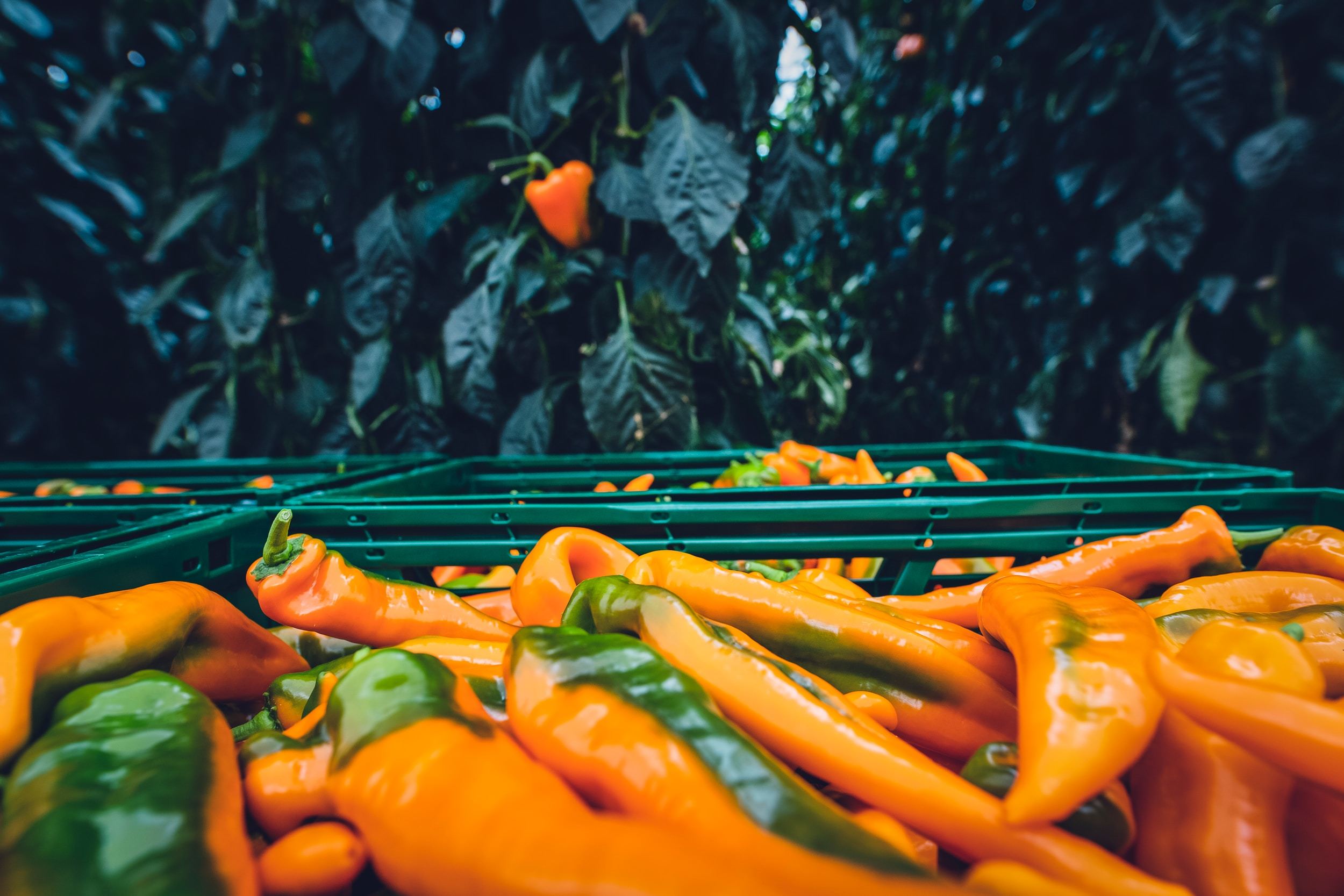Precision Farming: How Technology Is Transforming Agriculture
In an era of increasing global population and environmental challenges, agriculture faces the dual challenge of producing more food while minimizing its ecological footprint. Precision farming, often referred to as precision agriculture, is emerging as a transformative solution. This innovative approach leverages advanced technology to optimize crop production, conserve resources, and reduce environmental impact. In this article, we will explore the world of precision farming, its principles, applications, and its potential to revolutionize the way we grow our food.

Understanding Precision Farming
Precision farming is a data-driven approach to agriculture that uses technology, such as sensors, GPS, and data analytics, to optimize various aspects of farming, from planting and irrigation to pest control and harvesting. The core principle of precision farming is to treat each field or even each plant as a unique entity, tailoring agricultural practices to specific conditions. Key components of precision farming include:
1. Data Collection
Precision farming relies on the collection of vast amounts of data from various sources, including soil sensors, weather stations, drones, and satellite imagery. This data provides insights into the specific conditions of each field.
2. Data Analysis
Advanced data analytics and artificial intelligence are used to process and interpret the collected data. This analysis informs decision-making and helps farmers understand their fields' unique needs.
3. Targeted Actions
Based on data analysis, precision farming enables farmers to take precise and targeted actions, such as adjusting irrigation levels, applying fertilizers, or deploying pesticides only when and where they are needed.
4. Automation
Automation technologies, including autonomous tractors and robotic harvesters, are becoming integral to precision farming, reducing the need for manual labor and increasing efficiency.
Applications of Precision Farming
Precision farming technologies have wide-ranging applications in agriculture:
1. Soil Management
Soil sensors provide real-time data on soil moisture, pH levels, and nutrient content, allowing farmers to optimize fertilization and irrigation.
2. Crop Monitoring
Drones and satellite imagery provide valuable insights into crop health, allowing early detection of disease, pests, or nutrient deficiencies.
3. Variable Rate Technology (VRT)
VRT systems adjust planting, fertilization, and pesticide application rates based on the specific conditions of different areas within a field.
4. Autonomous Farming
Autonomous vehicles and machinery can perform tasks such as planting, harvesting, and weeding with precision, reducing labor costs and improving efficiency.
5. Environmental Sustainability
Precision farming practices reduce the overuse of fertilizers and pesticides, minimizing their impact on the environment and water quality.
6. Crop Yield Optimization
By tailoring farming practices to the needs of each plant or field, precision farming maximizes crop yields while conserving resources.
Benefits of Precision Farming
Precision farming offers a multitude of benefits:
1. Increased Productivity
Optimizing farming practices leads to higher crop yields and increased overall productivity.
2. Resource Efficiency
Reduced use of water, fertilizers, and pesticides results in more efficient resource management.
3. Cost Savings
Precision farming can lower production costs through reduced resource usage and increased efficiency.
4. Environmental Conservation
By minimizing the environmental impact of agriculture, precision farming contributes to sustainable and responsible land use.
5. Data-Driven Decision-Making
Data analytics allow farmers to make informed decisions and adapt to changing conditions.
Challenges and Future Outlook
While precision farming holds great promise, it faces challenges:
1. Costs
The initial investment in precision farming technology can be substantial, particularly for small-scale farmers.
2. Data Management
Managing and analyzing large volumes of data can be complex and require specialized skills.
3. Connectivity
Access to reliable internet and mobile networks is essential for real-time data collection and analysis in remote areas.
4. Adoption Barriers
Farmers may resist adopting new technologies or lack the necessary training to fully utilize precision farming tools.

The Role of Technology Companies
Many technology companies are actively involved in developing and providing precision farming solutions. Industry leaders such as John Deere, Monsanto (now part of Bayer), and Trimble offer a range of precision farming tools and services. Additionally, startups are emerging with innovative technologies that further advance precision farming.
Conclusion
Precision farming represents a crucial step toward achieving sustainable and efficient agricultural practices. By harnessing the power of data, automation, and targeted actions, precision farming optimizes resource use, reduces environmental impact, and boosts crop productivity. As the global population continues to grow, the adoption of precision farming will be essential to ensure food security, protect the environment, and meet the challenges of the future.
In the years to come, we can expect precision farming to continue evolving with advancements in technology, increased accessibility, and broader adoption across the agricultural sector. It is a transformation that holds the potential to reshape the world of farming and address the pressing agricultural and environmental challenges of our time.
Sources:
- Precision Agriculture - American Society of Agronomy
- Precision Agriculture: Definition and Technologies - PrecisionAg
- Precision Agriculture: An Overview - ScienceDirect
- Precision Farming Tools and Technologies - USDA
- Precision Agriculture Benefits - PrecisionAg
- Challenges in Precision Agriculture - ScienceDirect